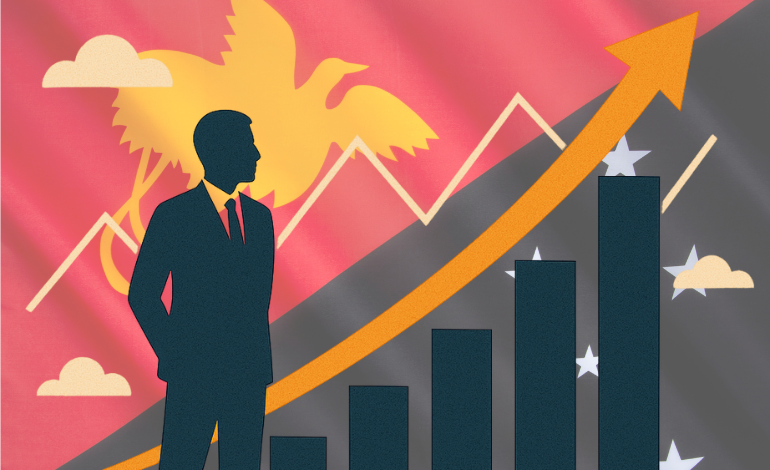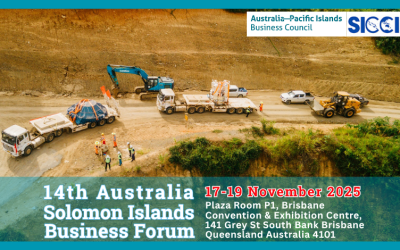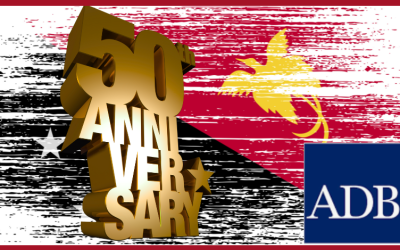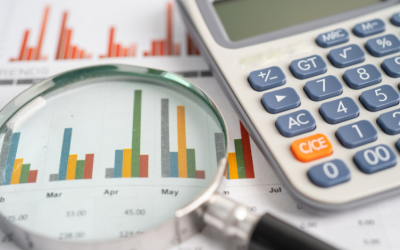Papua New Guinea’s economic prospects for 2025 present a cautiously optimistic picture, with both the Asian Development Bank (ADB) and the Bank of Papua New Guinea (BPNG) projecting modest growth underpinned by activity in resource and non-resource sectors, but tempered by broader development challenges.
In its Asian Development Outlook April 2025, the ADB forecasts Papua New Guinea’s GDP growth at 4.2 per cent for 2025, marginally down from 4.3 per cent in 2024. The Bank of Papua New Guinea’s own forecast pegs growth at 4.0 per cent, with a slightly more upbeat tone on prospects for recovery, buoyed by a combination of mineral output and increased government expenditure. Both institutions, however, agree that Papua New Guinea’s economy remains vulnerable to external shocks and structural bottlenecks.
The ADB report cited concerns including inflationary pressures, logistical challenges, and institutional capacity constraints. It also pointed to delays in the implementation of key infrastructure and resource projects, which could impact the delivery of planned government programmes. Nevertheless, it acknowledged progress in macroeconomic stability and investment reforms aimed at improving the business environment.
Governor Elizabeth Genia of BPNG outlined the bank’s expectations for a more stable fiscal outlook, particularly with rising prices for Papua New Guinea’s key exports such as gold and LNG. She said the Bank anticipated increased government spending in social infrastructure and rural development, along with ongoing reforms in the financial sector.
The forecasts come at a time when the Marape government is working to finalise major agreements in mining, LNG, and energy, including the Porgera Mine reopening and the Papua LNG project. Both the ADB and BPNG have identified the success of these ventures as key to sustaining growth momentum.
Despite the relatively positive numbers, concerns remain over employment generation and equitable growth, with both institutions calling for sustained investment in human capital and private sector development, especially in the SME sector.
With the country preparing to mark its 50th year of independence in 2025, the focus will remain on translating macroeconomic stability into tangible improvements in infrastructure, livelihoods, and investor confidence.



